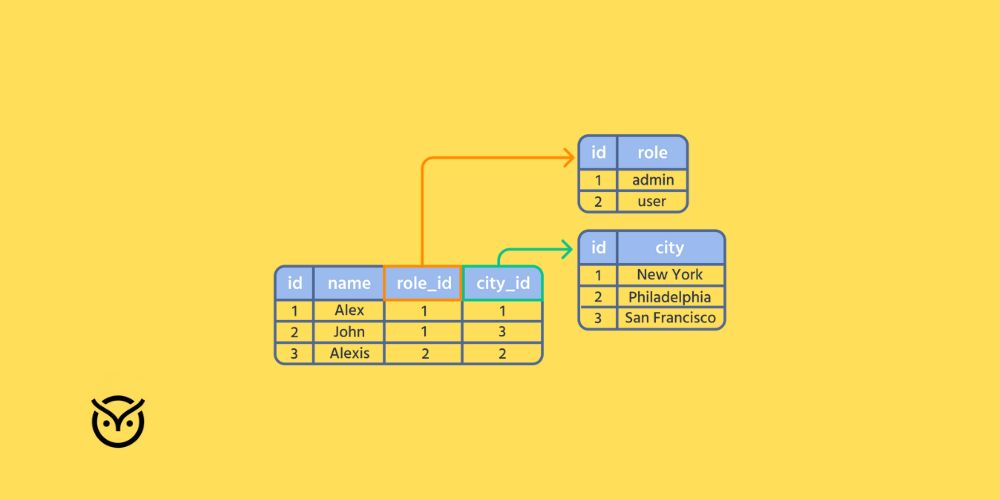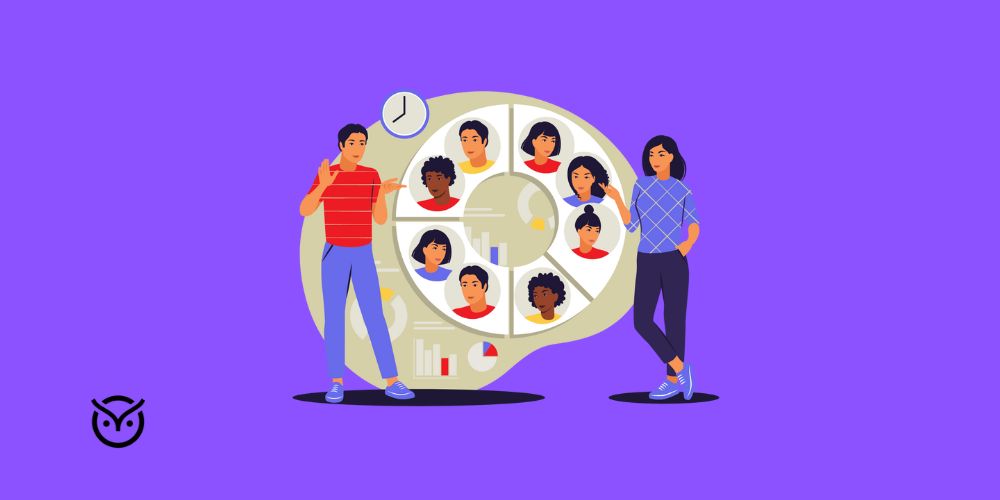
TL;DR
- AI staffing solutions help startups grow efficiently and affordably.
- In-house AI hires can cost over $150K per year.
- Common startup mistakes include overhiring and unclear AI goals.
- Freelancers, remote talent, and AI recruiting companies offer budget-friendly options.
- Smart tools and hybrid teams enable lean, scalable growth.
- Use AI in staffing to speed up hiring and boost candidate quality.
Hiring skilled AI engineers is now one of the biggest financial hurdles for startups. As more companies race to adopt AI, salaries are climbing, tech giants are snapping up talent, and early-stage teams are feeling the pressure to build advanced features with tight budgets. Without a solid strategy, bringing on AI talent can drain resources fast and lead to disappointing outcomes. That’s why many startups are turning to AI staffing solutions to grow smarter and stay lean.
Whether you’re building your first AI feature or expanding a machine learning team, today’s AI driven staffing solutions offer smarter, more affordable ways to grow. Startups can ramp up their AI efforts by tapping into remote talent, working with AI recruiting companies, and using tech platforms.
YOU’RE A STARTUP FOUNDER WITH $150K
Drag AI roles into your team box. Stay under budget to succeed!
Available Roles
Your Team
Why Hiring AI Talent Is So Expensive
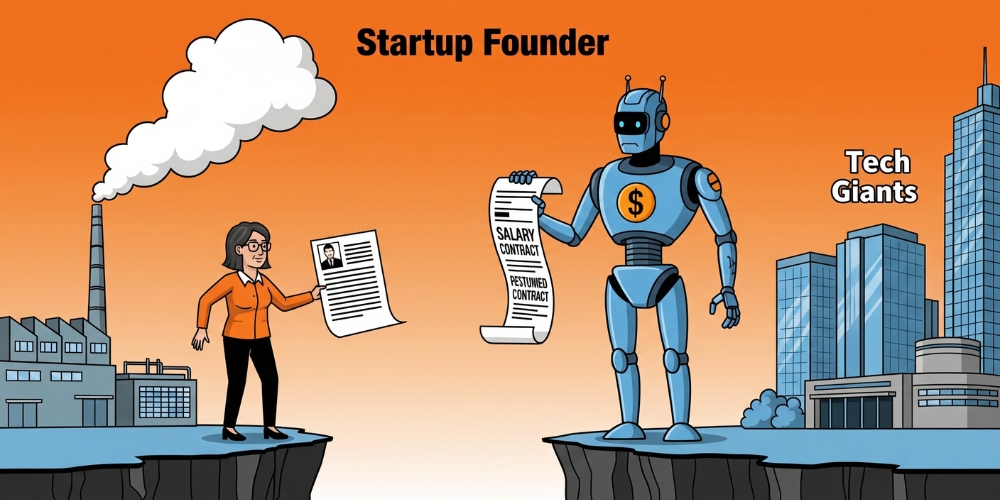
There aren’t enough skilled people in areas like machine learning, NLP, and computer vision to meet the growing demand. This shortage has led companies to compete for top talent, often pushing compensation higher just to stay in the game. AI engineers in the U.S. have an average salary of $101,752 per year as of 2025, with senior roles at major companies often crossing $135,000, not including equity or bonuses.
Startups going up against giants like Google and OpenAI face steep hiring costs. These larger firms offer high pay, research perks, and massive resources. Advantages most startups simply don’t have. It takes more than a coder; you need experts in data prep, model tuning, and deployment. That’s why many now rely on specialized AI staffing firms. These firms help connect qualified candidates with the right positions, though they typically charge a fee ranging from 15% to 25% of the employee’s yearly pay.
Sometimes the problem isn’t the hire. It’s the timing. A lot of startups bring on AI talent before they’ve nailed down what they actually need help with. That kind of guesswork often leads to confusion, wasted effort, and teams pulling in different directions. This leads to wasted time, overengineering, and ultimately, more money spent to fix hiring missteps.
The costs also spill over into adjacent industries. Take medical AI jobs, for example, hospitals and healthtech startups looking to deploy AI diagnostic tools now compete for the same limited pool of AI talent. AI in healthcare is expected to reach a market value of $188 billion by 2030, further driving up demand for specialized engineers.
For most early-stage companies, the math doesn’t work out. Salaries, benefits, agency fees, and infrastructure add up quickly.
REAL VS PERCEIVED COST OF HIRING AI TALENT
Click each card to see what startups think they’ll pay vs what they actually
Perceived Cost
“We thought hiring an AI engineer would cost this much…”
Actual Cost
“…but once we added tools, infra, and benefits…”
Common Mistakes Startups Make When Hiring AI Talent

Bringing on AI talent isn’t just about checking off skills like Python or TensorFlow. What really matters is making sure those skills match the direction of the business. A lot of startups miss the mark here. Without a clear plan in place, they often make hiring choices that drain resources and slow down progress.
Mistake 1: Hiring Too Early (Or Too Much)
Many early-stage founders rush into building AI teams before defining what the AI product actually does. They hire full-time machine learning engineers with no real data infrastructure or product-market fit. The result? Burn rates go up, and projects stall.
Rather than jumping into full-time hires too soon, startups can turn to AI staffing solutions like freelancers or short-term specialists. It’s a practical way to explore what works without taking on long-term expenses right away.
Mistake 2: No AI Strategy or Use Case
According to CIO, nearly 88% of AI projects never make it past the pilot stage because of unclear objectives and poor alignment between business needs and technical execution. Some startups hire AI talent without even deciding whether they’re solving a classification, recommendation, or optimization problem. Without a clear use case, even the best AI engineers can’t build something valuable.
You need to define what problem AI will solve, what kind of data you’ll need, and how you’ll measure success before bringing someone on board.
Mistake 3: Overreliance on General Recruiters
A general recruiter or HR agency may help fill sales or marketing roles, but they usually lack the technical depth needed to vet AI professionals. That’s where specialized AI staffing agencies come in. These firms understand the difference between a data scientist, a deep learning engineer, and a machine learning researcher.
Without this domain-specific insight, startups risk hiring the wrong talent. Say, someone strong in analytics but weak in model deployment or vice versa.
Mistake 4: Ignoring Remote and Contract Options
Founders often default to full-time, in-house roles without considering more flexible alternatives. Platforms offering AI staff for remote or freelance work give access to global talent pools at lower costs.
Many promising AI driven staffing solutions now include remote vetting, global payroll, and compliance built in, making remote hiring a realistic option even for small teams.
Mistake 5: Overemphasizing Academic Pedigree
Having a degree from a well-known university might look good on paper, but it doesn’t always lead to results in the real world. In a startup setting, you need people who can jump in, solve problems, and build working products. Someone who excels in research might struggle in a fast-moving environment where execution is everything. What matters most is whether they can turn ideas into results when it counts.
AI Staffing Solutions Startups Can Afford
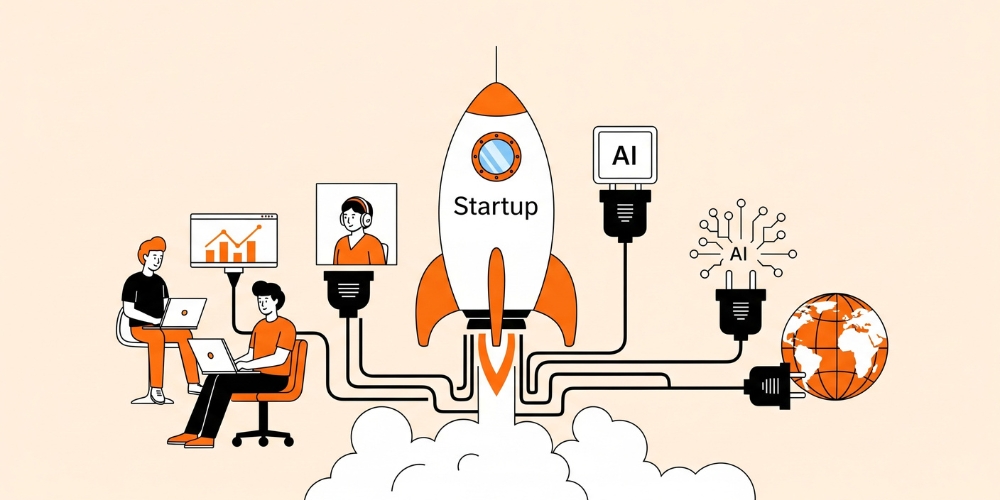
Thankfully, today’s hiring landscape is full of cost-efficient AI staffing solutions built with startups in mind. You don’t need a team of 10 engineers to build powerful AI features. You just need the right people and the right approach.
1. Use AI Recruiting Companies That Specialize in Startups
AI recruiting companies like Vettio focus specifically on helping startups find skilled machine learning talent without blowing the budget. They don’t just make introductions; they also take care of screening, onboarding, and payroll, which takes a load off the founders’ shoulders.
Unlike traditional firms, these platforms pull from a global talent pool. That means you can tap into top-level machine learning staffing in places like Eastern Europe or Latin America, where salaries are often 40 to 60 percent lower than in the U.S. and the quality of work holds up just as well.
2. Tap into Freelance Platforms with Pre-Vetted AI Talent
Platforms like Upwork Pro, Contra, and Lemon.io offer pre-screened AI developers for short-term and project-based needs. These platforms have grown more sophisticated, offering AI driven staffing solutions where algorithms help match your project’s scope with the right freelancer profile.
This gives you agility, hire fast, scale down if needed, and test ideas without burning through capital. It’s especially helpful for MVPs, pilot projects, or training internal teams.
3. Try Hybrid AI Staffing Models
A popular trend is combining in-house oversight with contract execution. For example, hire one senior in-house engineer to own the architecture and outsource development tasks to a small remote team. This hybrid AI staffing model keeps strategy close to the company while reducing the cost of execution.
It also allows for faster iteration. You can experiment with computer vision, LLMs, or NLP models with temporary talent, and only bring someone in full-time when traction is proven.
4. Consider AI-as-a-Service (AIaaS) Providers
Sometimes, you don’t need to hire AI engineers at all. Services such as OpenAI, Google Vertex AI, and AWS SageMaker give you access to tools and APIs that make it easier to create things like chatbots or recommendation tools. Since these platforms provide prebuilt models, you can get projects off the ground faster and without needing a big internal team.
For instance, instead of hiring a full team to build a medical diagnostic tool from scratch, some startups simply plug into platforms that already offer AI for radiology, lab results, or patient monitoring, supporting access to medical AI jobs indirectly.
It also ties into a larger shift: using AI in staffing to streamline everyday processes. From sorting resumes to automating onboarding, smart systems are now doing work that used to take full teams.
TRADITIONAL HIRING VS AI STAFFING SOLUTIONS
Slide to compare costs, speed, and scalability.
How to Build a Lean and Scalable AI Team
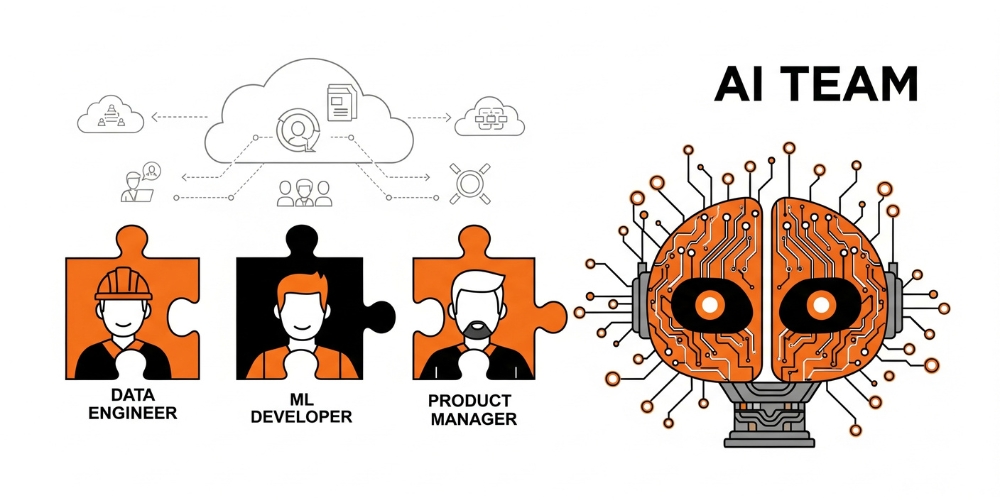
Startups don’t need to hire like Google to build smart AI products. In fact, throwing a huge team at a problem often slows you down. The key is building lean, then scaling with purpose. Here’s how to approach it using smart, affordable AI staffing solutions.
Start with Clear AI Objectives
Before writing a job description or calling an AI recruitment agency, ask yourself: What business problem is AI solving for us? Whether it’s fraud detection, personalized recommendations, or automating a manual workflow, you need clarity. This helps you determine what kind of AI staff you need: a data scientist, an MLOps engineer, or a generalist with deployment skills.
Hire for Impact, Not Titles
Start lean. Your first AI hire should be a strong generalist who can do a bit of everything, from data wrangling to prototyping and deployment. Once you’ve validated demand and product-market fit, you can layer in specialists.
Startups just getting off the ground often do better by teaming up with AI staffing partners who offer flexible help. People who can jump in part-time, take on contract work, or handle one-off projects. It’s a low-risk way to figure out what you actually need while keeping things lean.
Embrace Remote & Global Talent
Remote hiring is no longer a “nice-to-have”. It’s how lean teams scale. You’ll find incredible machine learning staffing candidates in countries like Poland, India, Ukraine, and Argentina. These regions produce world-class engineers with lower salary expectations due to cost-of-living differences.
Tools like Deel, Toptal, and Arc.dev make international payroll, compliance, and vetting seamless. You’re not just saving costs, you’re accessing a broader and often more loyal talent pool.
Build with AI Tools That Extend Your Team
The best way to scale lean is by using tools that do part of the work for you. Open-source models, pretrained LLMs, and platforms like Hugging Face, LangChain, and Cohere let you deploy advanced functionality without custom training from scratch. Use automation for tasks like resume filtering, customer support, and predictive analytics. This is AI in staffing at work, using intelligent systems to reduce repetitive hiring and ops work.
Don’t Skip on MLOps Early
Even with a small team, it’s smart to set things up so they won’t fall apart as you grow. Use tools that keep your work steady as things pick up, like Docker for containers, simple ways to track how your models are doing, and systems that let you update without breaking everything. It’ll save you a lot of cleanup later.
Conclusion
Hiring AI talent doesn’t have to drain your bank account. As remote work, niche platforms, and flexible hiring options become more common, AI staffing solutions have evolved into smarter, more cost-effective tools built specifically for startups.
By avoiding common mistakes, starting with clear goals, and using hybrid models that blend internal vision with outsourced execution, you can build impactful AI products without the overhead. Whether you’re solving real-time logistics problems or building diagnostic tools in the healthcare space, today’s AI driven staffing solutions offer everything you need to move fast and stay lean.
FAQs
- Toptal
- Arc.dev
- Turing
- Lemon.io
- Upwork
- U.S.-based full-time AI engineer: $100,000–$135,000/year
- Remote full-time AI engineer (EMEA, LATAM, APAC): $60,000–$100,000/year
- Freelance AI developer: $50–$150/hour, depending on expertise and scope
- Via AI staffing agency or AI recruiting companies: Expect a 15–25% markup on salary

